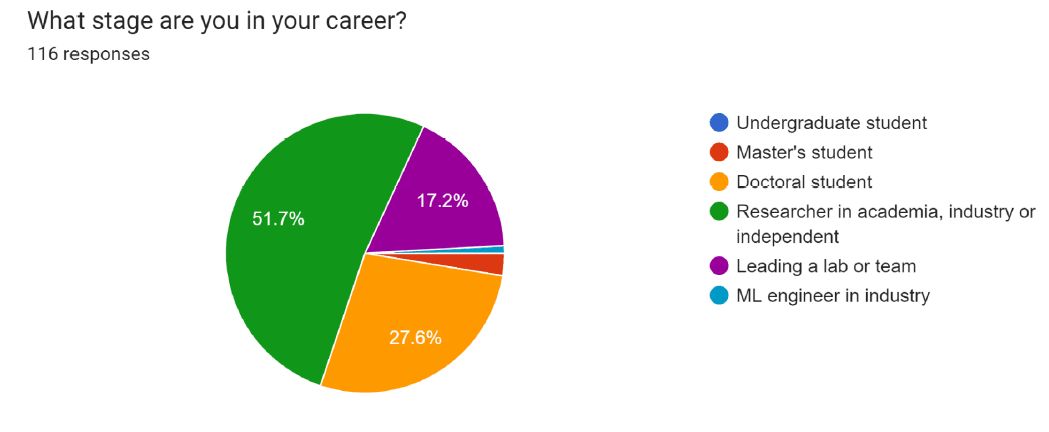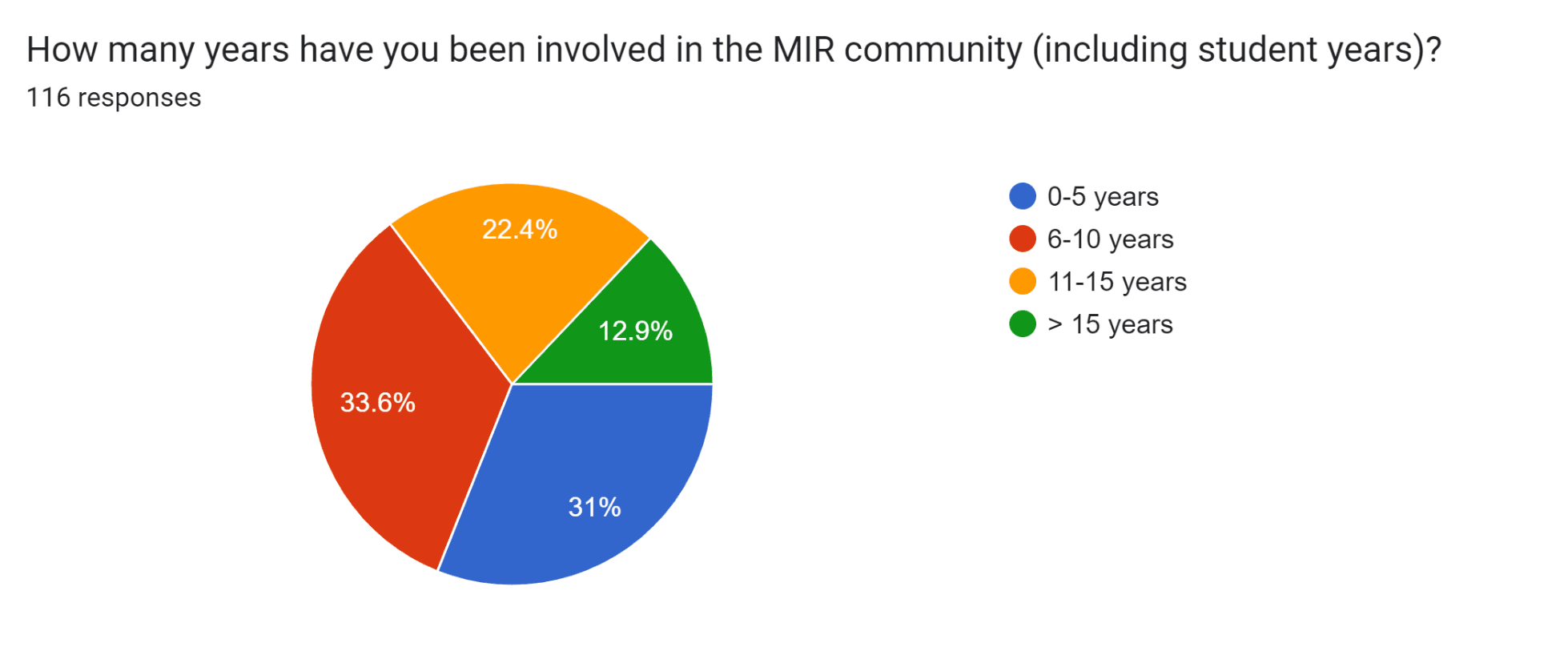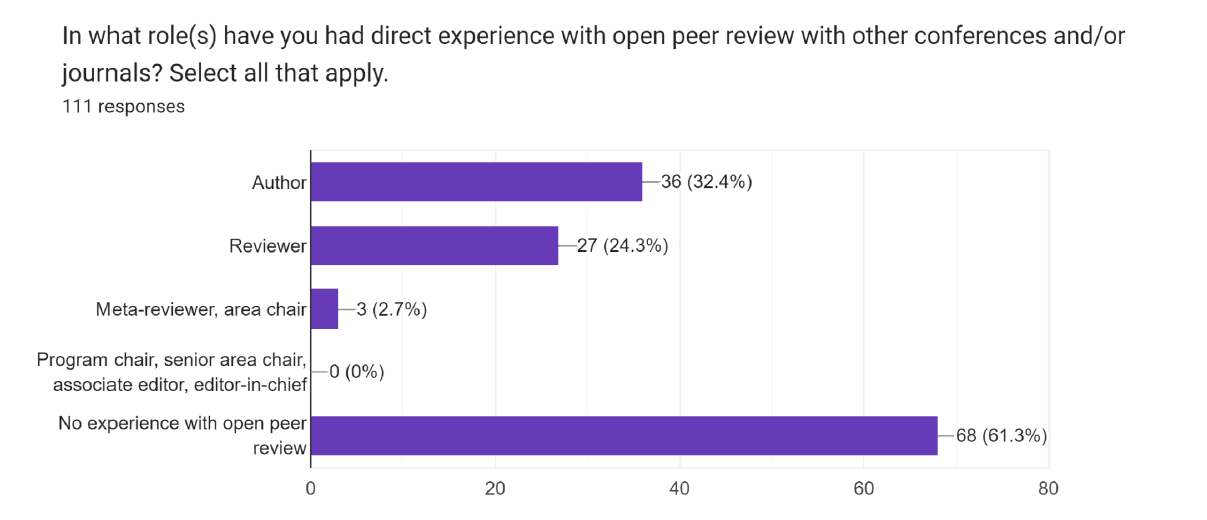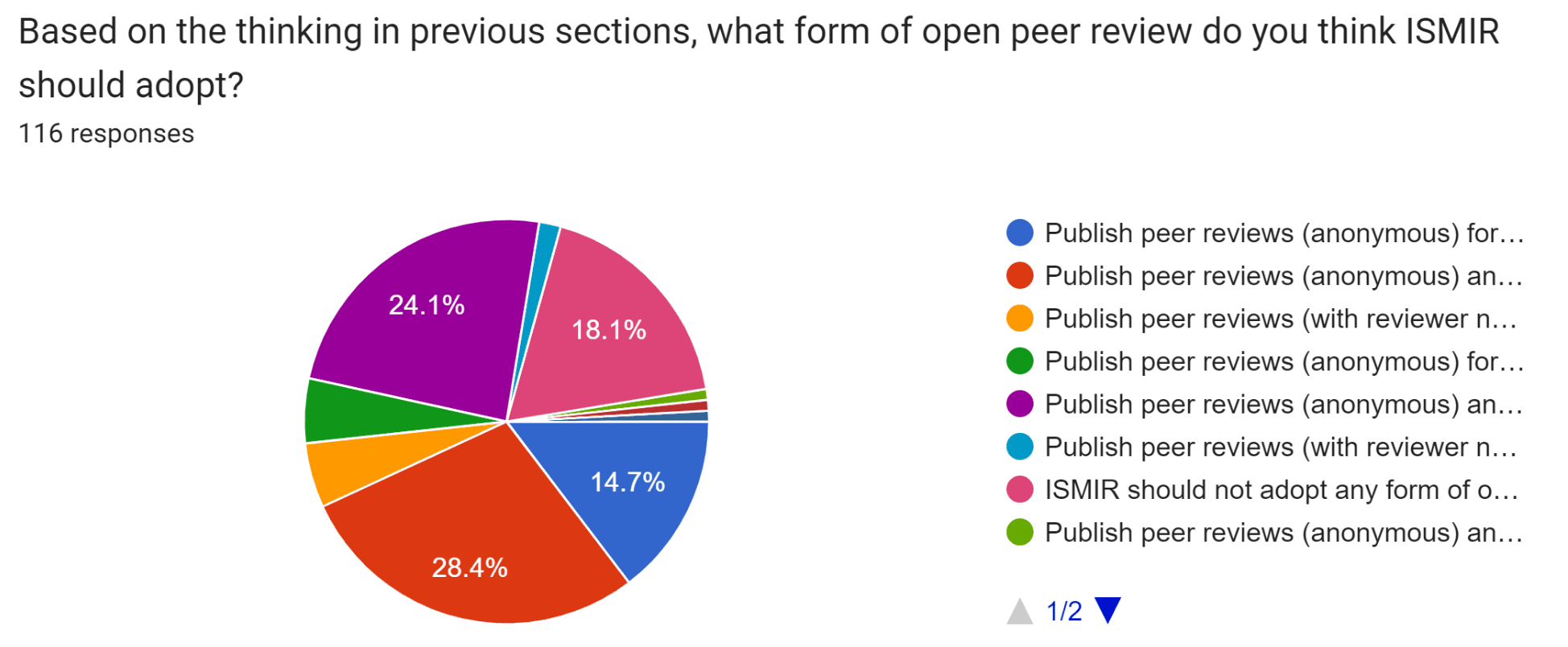Introduction
ISMIR conference proceedings are the primary vehicle for disseminating research in the community, with over 100 papers published annually in recent years. Submissions undergo double-blind reviews, reviewer discussions, meta-reviewer summarization and recommendation, and finally Scientific Program Committee Chair decisions.
In recent years, some research communities have been adopting “open peer review” practices, such as publishing reviews for accepted papers or all papers, publishing discussions between authors and reviewers, or allowing anyone to post comments at any time. A 2017 survey study on open peer review elicited attitudes from reviewers and authors in different fields on a broad range of open peer review configurations.
Within the MIR community, a working group (including a survey subgroup and a webinar subgroup) dedicated to the ISMIR review processes has worked with the ISMIR Board, ISMIR 2024 General Chairs, ISMIR 2024 Scientific Program Committee Chairs, and other community members on this topic. During ISMIR 2023, the survey subgroup released an initial survey on ISMIR open peer review to conference participants and shared results during the Society Meeting. This was followed by in-depth discussions during the Society Meeting and Unconference session, a webinar hosted by the webinar subgroup, and a revision of the initial survey. The revised survey was released to the ISMIR-Community Google Group between March 23 and April 22, 2024.
In this blog post, the survey subgroup reports initial findings from the survey (N=116 responses). These findings represent a subset of 36 total questions, including the last open-ended question. Pie charts and histograms of multiple-choice responses were generated automatically by the Google survey. Answers to the open-ended question were aggregated and summarized with the help of ChatGPT.





